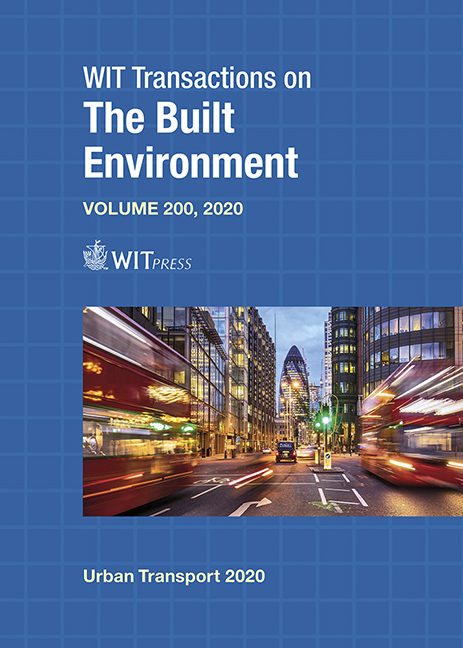“RIDE-HAILING” SERVICES AND MOTOR VEHICLE CRASHES IN PERIPHERAL AREAS OF MADRID, SPAIN
Price
Free (open access)
Transaction
Volume
200
Pages
7
Page Range
205 - 211
Published
2020
Paper DOI
10.2495/UT200171
Copyright
WIT Press
Author(s)
MARÍA FLOR GARCIA, ARMANDO ORTUÑO PADILLA, BEGOÑA GUIRAOABAD, JAIRO CASARES BLANCO
Abstract
The fast growth of “ride-hailing” platforms such as Uber or Cabify poses important challenges and questions in the cities where they are implemented. According to an official Uber report, in 2018 the company made 14 million trips a day. This new offer of services could improve the supply to segments of demand that previously had greater difficulties in accessing taxis or public transport, for example, young people who moving for leisure, low-income families or residents in the periphery of the cities. When the number of vehicles is lower, they tend to concentrate in the central areas, leaving relatively more remote areas without efficient service. This paper, with a novel approach, has an objective to analyze the impact of ride-hailing platforms on traffic accidents with at least one dead or seriously injured person in the Madrid municipality from 2014 to 2018 and seeing whether, since their arrival, the most vulnerable districts have reduced traffic accidents with young drivers who had consumed alcohol. For it, a regression analysis has been carried out using a Random-Effects Negative Binomial Regression (RENB). The results of the model show that Uber and Cabify services are related to reducing urban accidents. Moreover, in the case of the most vulnerable districts, accidentality with young people and presence of alcohol has also been reduced.
Keywords
ride-hailing, drunk driving, traffic fatalities, young drivers, Uber, Cabify, vulnerability





